Changing Perspectives in the Countryside: Anooshka Rawden
Written by Nicola Minney.
As part of The MERL’s Building Connections project (funded by Arts Council England), we have sought to explore different stories and themes that live within our collection from the history of the English countryside.
As we researched a range of themes and topics—from LGBTQ+ rural experience to the history of migration—it became clear to us that there were many people whose stories, experiences and perspectives had historically gone untold within our collections.
So rather than looking back, we decided to look forward. We reached out to nine people who have generously shared with us their experiences—the good together with the bad—of what it is like to be a person of colour in the countryside: Dr Mya-Rose Craig, Ped Asgarian, Navaratnam ‘Theeb’ Partheeban, Jasmine Isa Qureshi, JC Niala, Zakiya McKenzie, Dr Anjana Khatwa, Anooshka Rawden, and Dr Geeta Ludhra. We invited each person to explore our object and archive collections, choose an item to represent them and change the narrative of those objects for the future.
In this eighth Changing Perspectives blog, we spoke with Anooshka Rawden. Learn about Anooshka’s life and relationship with rural spaces, her love of the countryside, and her work in museums and the arts, facilitating powerful new ways for people to connect with the natural world and the landscapes around them.

Anooshka Rawden
(Mixed/other. She/her)
Anooshka Rawden is the Strategic Lead for Cultural Heritage at the South Downs National Park Authority, having previously worked in museums, including South East Museum Development, Science Museum Group, the Society of Antiquaries of London, The Novium, and Reading Museum. She has also acted as Vice-Chair for the Society for Museum Archaeology (contributing to the production of Standards and Guidance in the Care of Archaeological Collections) and has been a mentor for the Museum Futures programme, which supports the development of diverse museum professionals, challenging and disrupting the traditional route of entry into the sector that has left many people under-represented in the workforce. She currently sits on the UK Museum Accreditation Committee.
After specialising in the care of museum collections, Anooshka would describe her career now as ‘Jack of all trades and Master of none’, but was recently reminded that this closes with ‘though oftentimes better than master of one’. A broad level of knowledge across archaeology, museums and the creative arts has opened doors to support a wide range of activities, such as a currently live project with Archaeology South East, Seaford Town Council, and a contemporary artist to explore heritage loss focused on an Iron Age hillfort in Seaford, bringing together archaeology and the creative arts to communicate a challenging topic affecting coastal communities.
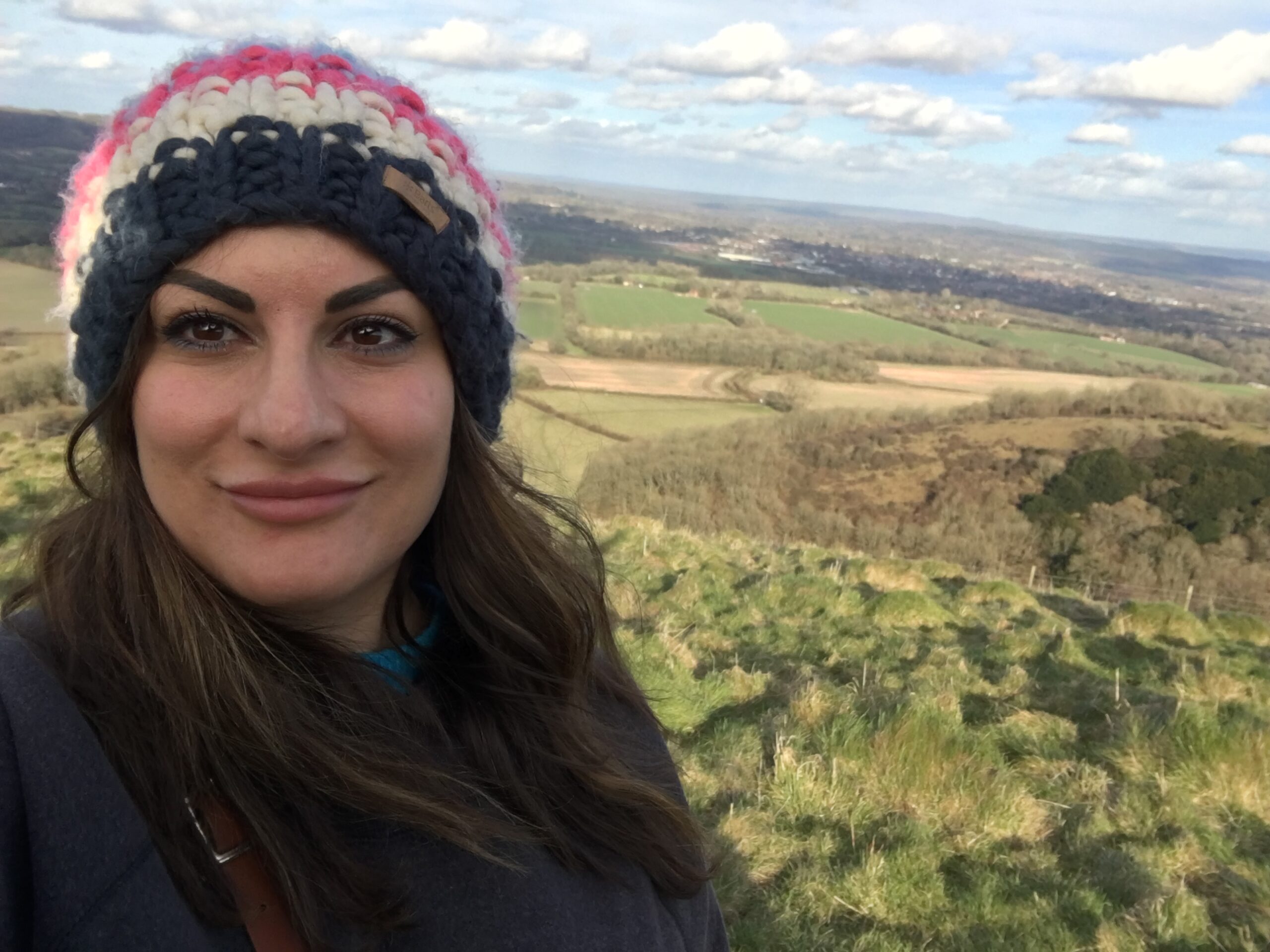
What is your connection to the countryside?
AR: Countryside has been a thread throughout my life, but my first memories were actually of the sea. I was born in Plymouth. As a kid in the 80s, I remember punks in the play-park and my dad among the crowds of men and women leaving the dockyard each day. But I also remember trips to the seaside, when we went winkle and cockle picking, and visits to the old fish market to buy crabs as the boats brought them in.
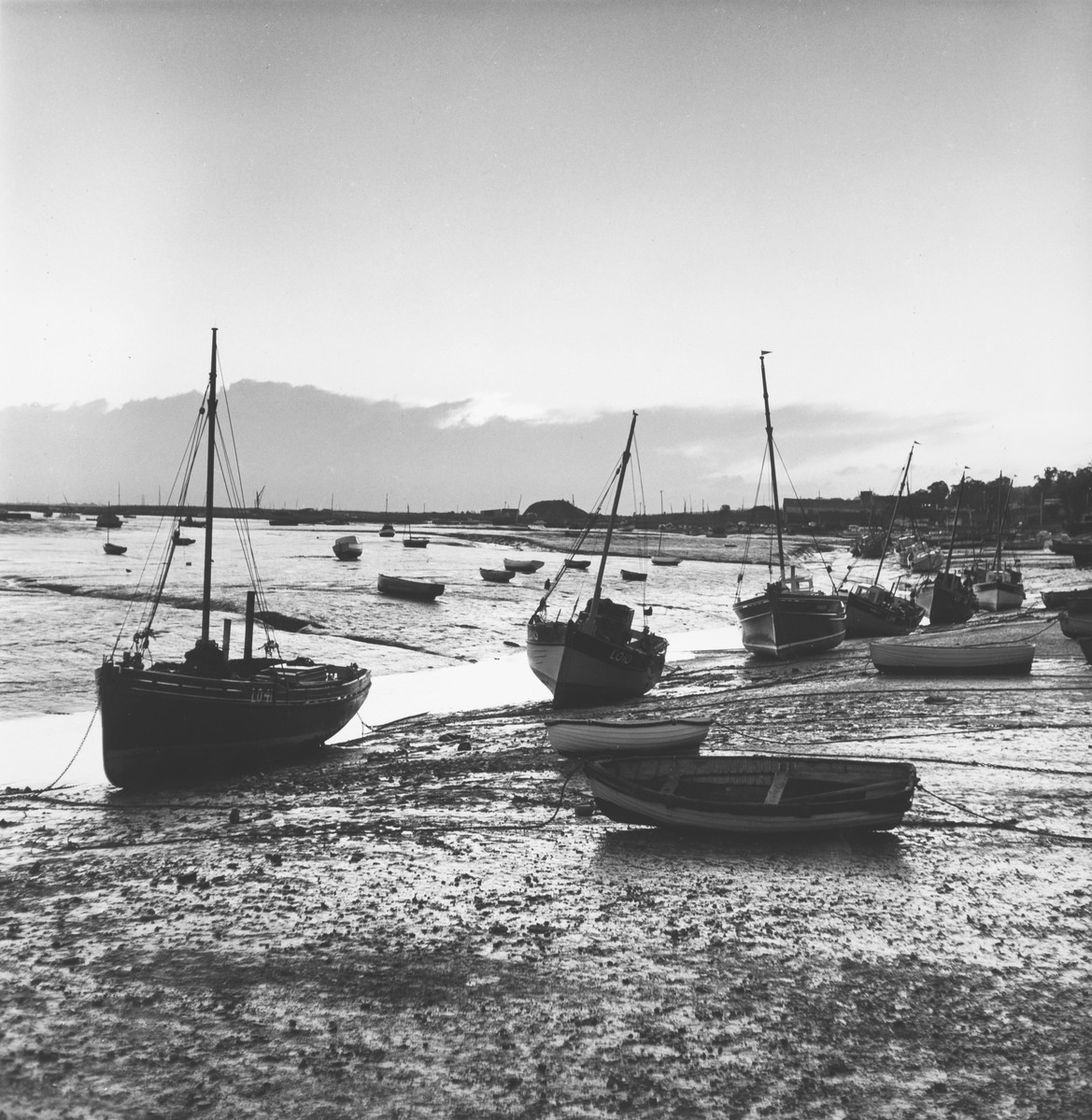
I was born here. My English roots are in Devon, Cornwall and Lincolnshire. My direct experience of the countryside were day trips to Dartmoor and the Tamar Valley, places of strong winds, hardy ponies, giant rocks to climb and the background lilt of rivers. It was a contrast to life in a city. It felt like a gift to visit places that left you feeling blown clean and dozing off in the back of the car on the way home, with that comfortable exhaustion from the open air. I would always return with a ‘treasure’, a peculiar-shaped pebble or wind-weathered bone. I still do this, often, when I wander in countryside.
There was also a connection to the countryside as a landscape of imagination and memory, the liminal space in my ‘Mixed / Other’ identity. My mother is ethnically Armenian, but our family have been in Iran since at least the early 19th century. Armenians have a strong emotional connection to a mountain called Ararat (Մասիս, Kūh-e Nūḥ or Ağrı Dağı), which is considered sacred. The Ararat landscape has a climate that nurtures cultivation. When our family settled in Iran, they were drawn to Sirak, in the Taqanak District of the North West in Bakhtiari Province, where they had a farm.
My uncle later adopted the surname ‘Siraki’ as an addition to the family surname, Gharakhanian. Sirak was a place where they could see mountains, and therefore it reminded them of home. I think we are drawn to markers in the landscape that remind us of ‘home’, whether spiritual, imaginative, through affinity or memory, and which perhaps becomes a legacy we pass on – a memory of what home is. I’ve often wondered if the ‘mountains’ of my subconscious are why I feel such joy and connection when I visit the Lake District or North Wales.
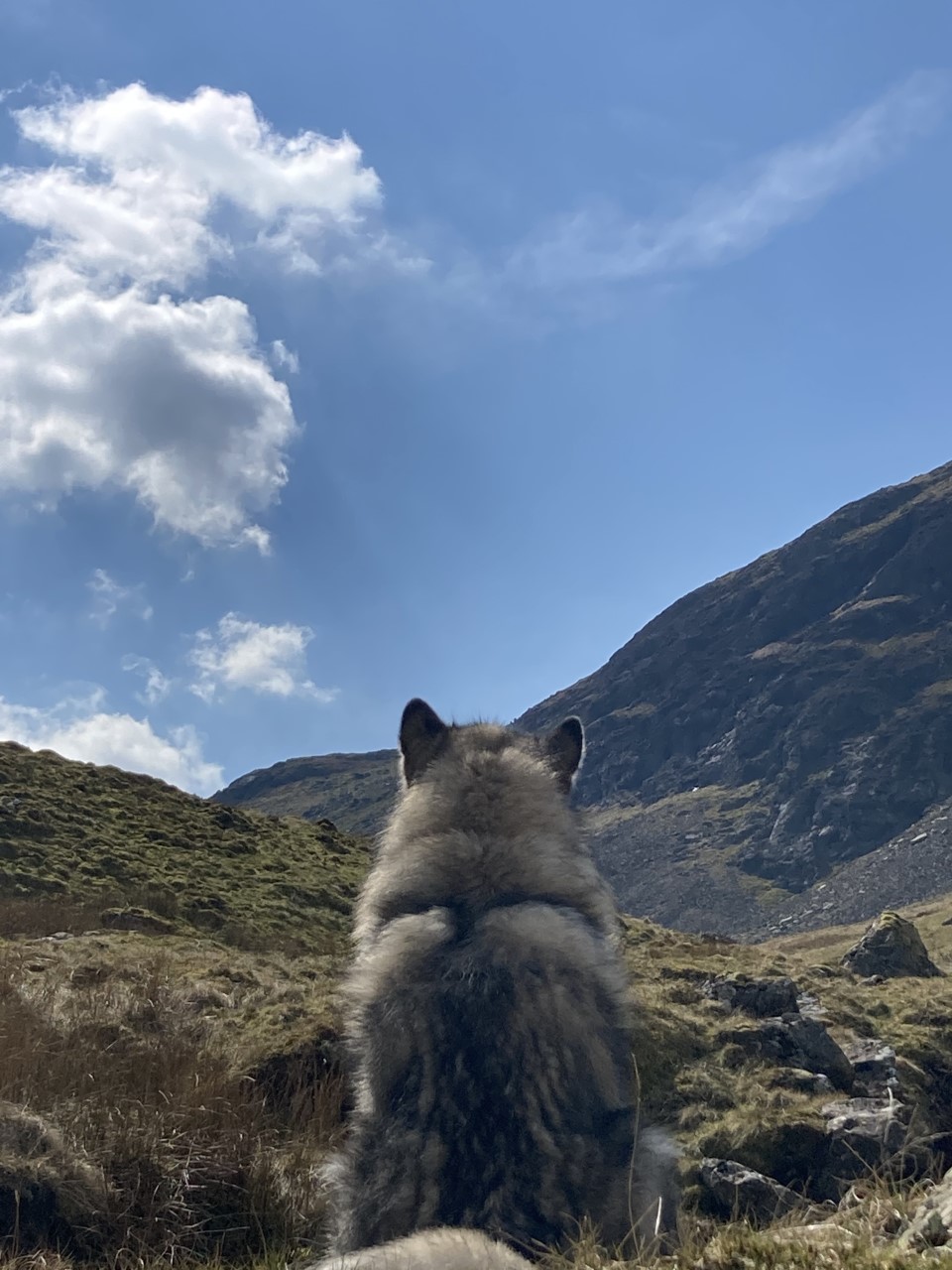
I now live in the South Downs, and walks in the countryside are part of my every day. It’s what I do when I need to find balance and perspective, or when I need to find a path back to myself (plus my dogs love to be outdoors, the more blustery and muddy the better). Take a problem on a walk and usually by the time you get back, it has resolved itself, or come back into proportion.
What inspires you about the countryside?
Even where a countryside landscape might appear quite barren or unforgiving, there is always a beauty in it. I think that’s a good philosophy for life that nature gives us.
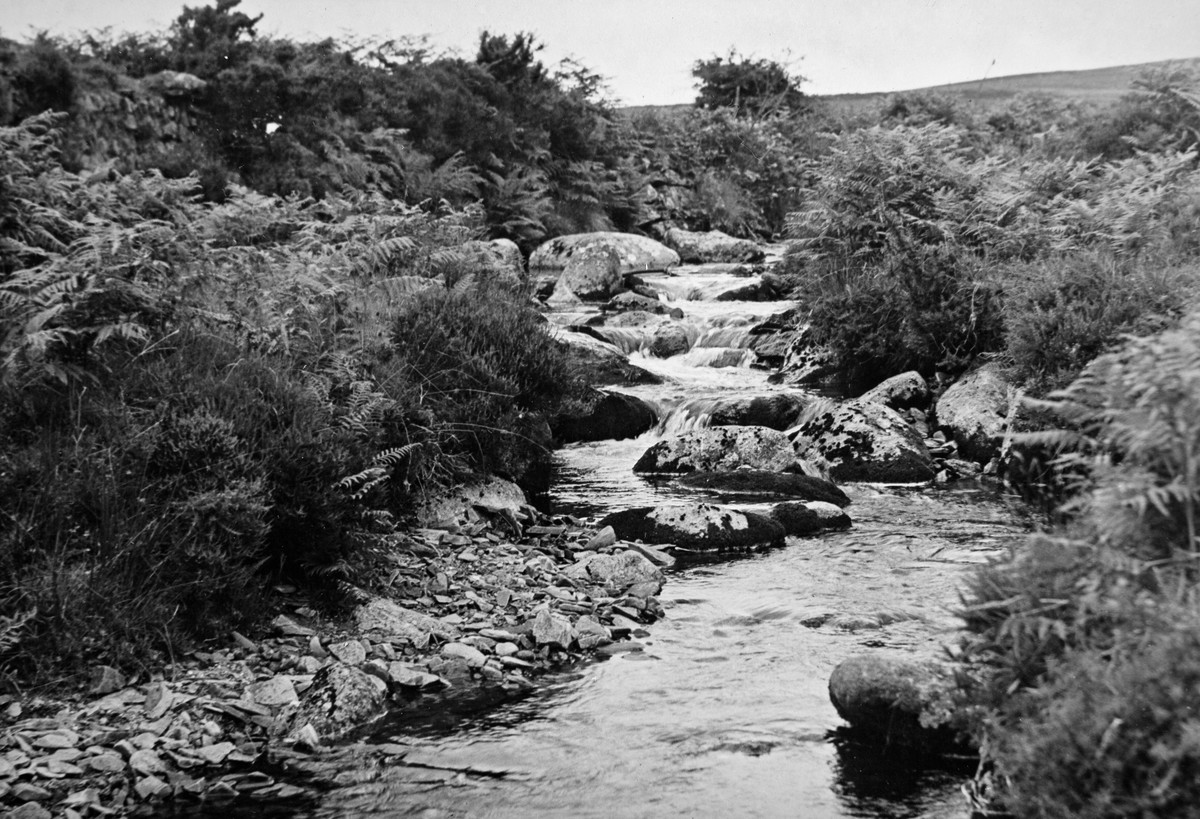
What do you wish people knew about the English Countryside?
Quite a few things!
You don’t have to do anything when you visit the countryside, just be. I think people really worry they have to be a certain type of person, or have specific types of clothes. Being in countryside is really grounding, and your mind can wander with your feet. If you’re nervous about starting out, think about joining a group so you can grow your confidence – there are some inspiring and welcoming groups and schemes out there, including Black Girls Hike, Ramblers Association, Muslim Hikers, and Walking for Health.
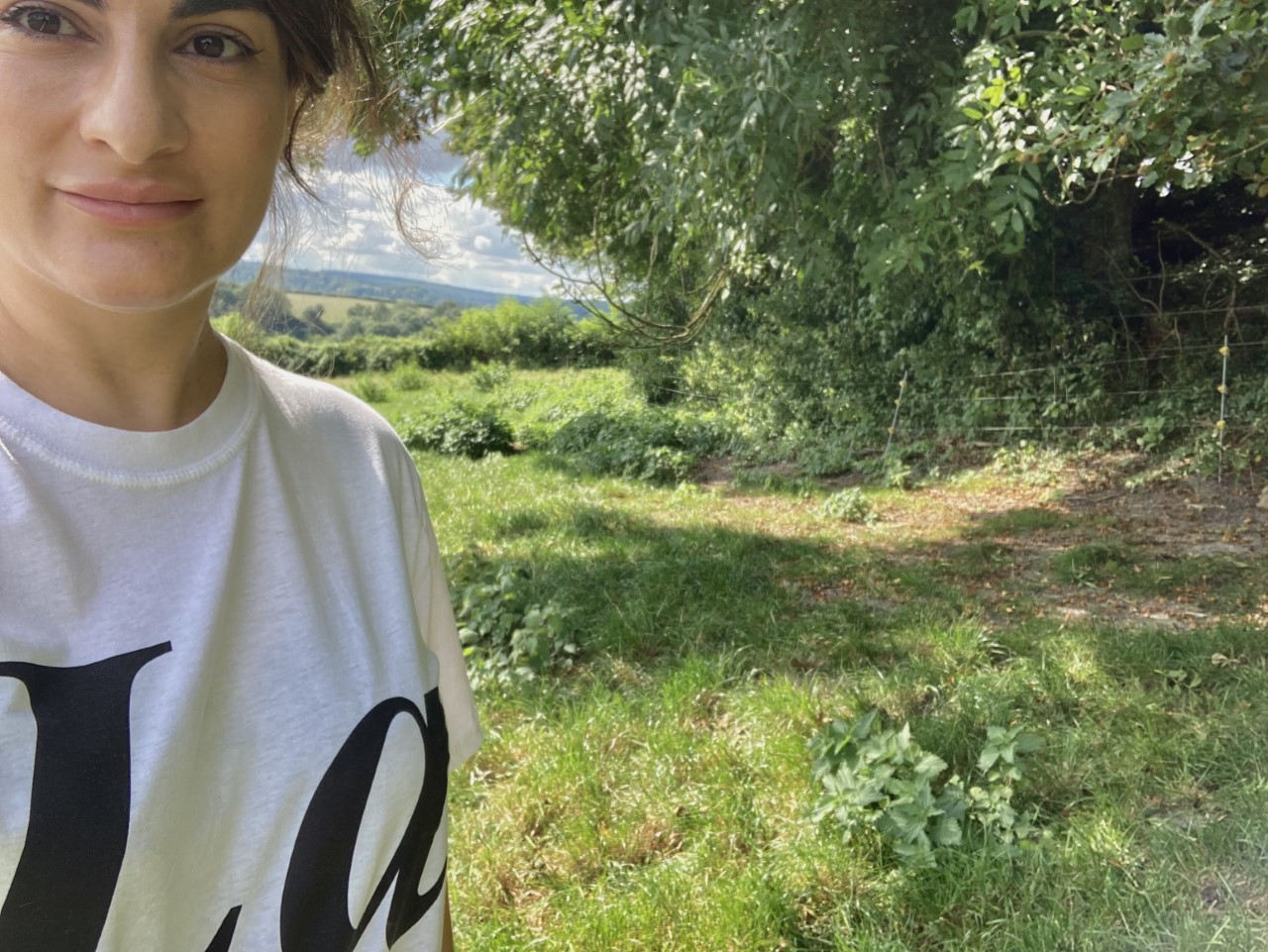
I wish we told more stories of the English countryside, not just the picturesque idyllic ones suitable for souvenir tea towels. The countryside has been far more radical and changeable a space than the histories we often tell. It has been a place that has born resistance, protest and reform: The Peasants Revolt; the Cornish Rebellions; Clubmen who climbed ancient hillforts during the ravages of Civil War; Tolpuddle Martyrs; and the mass trespass at Kinder Scout, from which National Parks were born. It’s been home to rebels, pretenders, religious reformists and firebrand radicals. The countryside has held the darkness and the light of human experience, but countryside is also where you can see how the land itself shapes people. When you stand in the remains of an Iron Age hillfort at a place like Cissbury Ring or the Trundle, with their broad expansive views that remind you of your place within something greater, you can feel how that change in perspective would have generated new ideas and nurtured social change. The archaeology of our countryside is alive and visible.
I feel that an artificial divide has limited how we talk about our countryside today, due to the idea of ‘natural’ and ‘historic’ landscapes as separate entities cemented in government policy over the past few decades. We need to get back to understanding that they are one and the same thing. We’re facing challenges ahead that may create generational change to rural landscapes, some positive, some negative, but all shifting the perception of rural landscapes as unchanging and timeless.
Where is your favourite place to be?
I am lucky in that I walk out of my front door and I am in the South Downs. I walk the routes from my doorstep that climb between the Hangers and the Downs, up to Butser Hill and Stoner Hill. There are times at the top of Butser Hill that you can look down on twisting Red Kites calling to each other, and see barn owls gliding in the fields along the trackway home, listening in for any scurrying in the grasses. It’s magical.
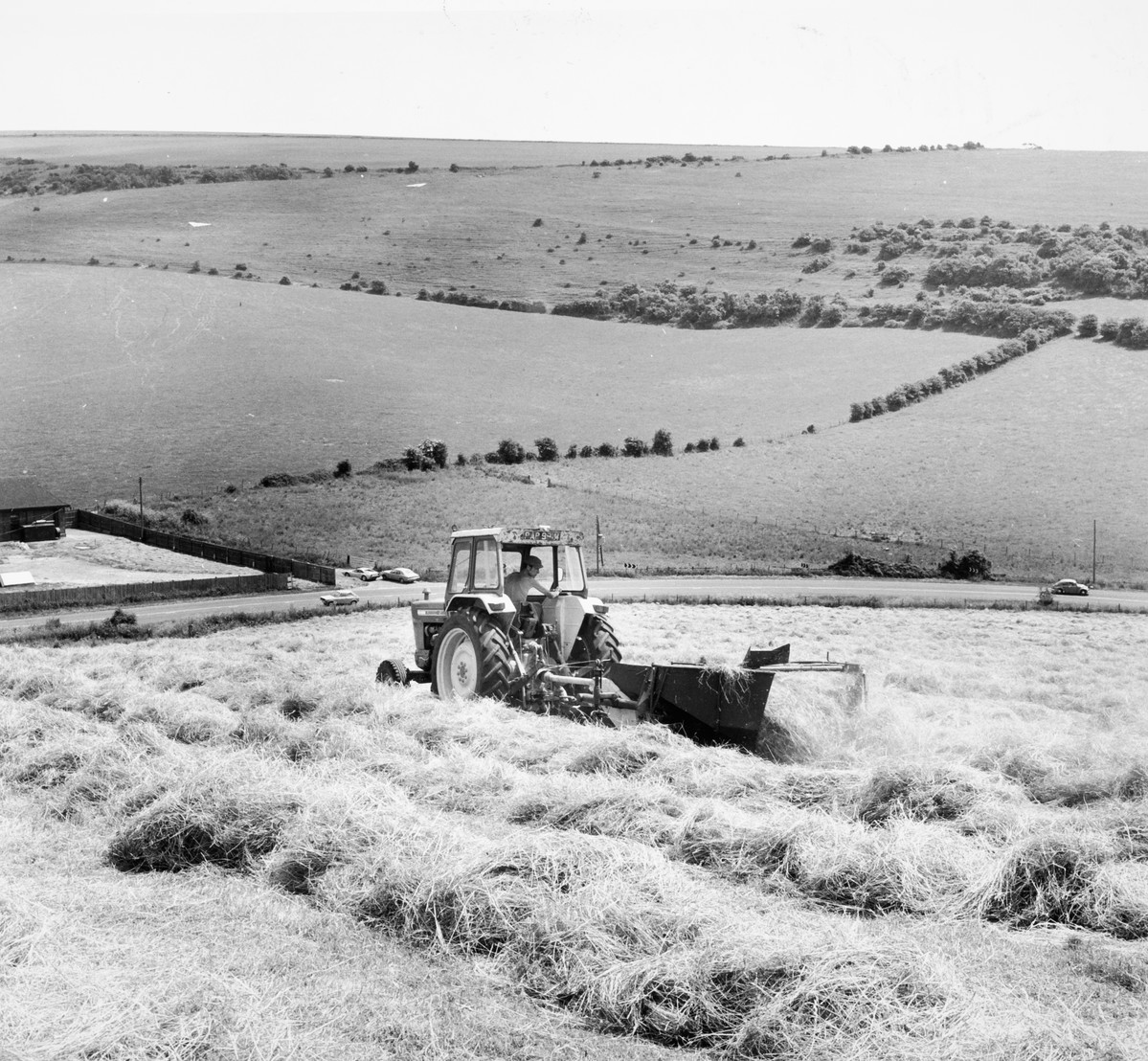
The other place that I hold in my heart is the Lake District. If there is such a thing as God, they live in the Lakes. I can keep walking even when my legs ache there. It’s a place that makes you feel small. Not to diminish you, but to remind you that you’re part of something greater.
What is your experience of living, working in, and visiting rural areas?
I’ve felt the benefits of finding connection with countryside from an early age. I see so much love given by people to countryside – there are people out there who give more than they take. The experience we have been through since 2020 has also drawn more people to the countryside, who made memories here and created connections that will bring them back. I hope that in turn translates into more people caring for the countryside.
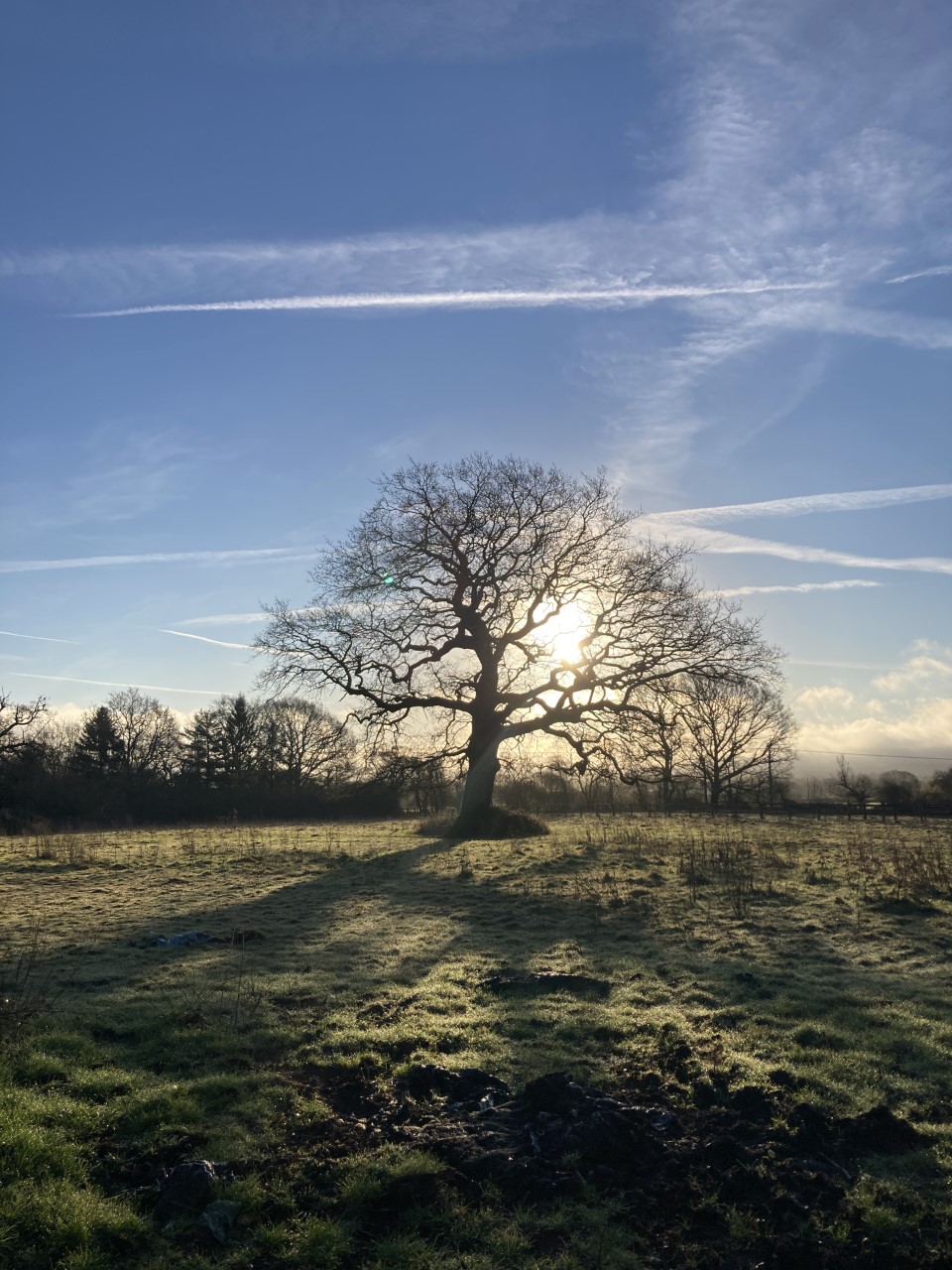
On the negative side, I have had some instances where I have been left feeling unsettled, sometimes by people making a well-meaning comment that leaves you feeling like an outsider. On one occasion, when I was introduced to someone, before I could open my mouth to offer a greeting, my name alone elicited the response ‘well, you’re not British are you?’ The loaded question ‘where do you really come from?’ is another example. These seem mild on the face of it, but when they add to a background of experience from childhood where your difference was singled out (chants of ‘P**i go home’ are embedded in my memory) you can be left feeling adrift in terms of who you are and where you can find belonging.
I am mindful that my experiences are relatively mild, as I have had advantages and privileges that others have not. But what those experiences have done has left me committed to challenging the assumption that only certain people, from certain backgrounds, can find belonging in the countryside.
How important is rural community to you?
It’s really important, which is why I sometimes worry that the needs of rural communities are at risk of being missed in the face of some significant challenges. Where I grew up, and where my parents now live on the Devon-Dorset border, some towns literally die outside of tourist season: shop-shutters up, cafés closed, fewer jobs. There are many risks that erode rural communities: risks that more rural areas become commuter belts for cities; insufficient public transport leaving people with limited opportunity and connectivity; and the risk that as property in rural communities becomes less affordable for young people, their populations edge increasingly towards ageing demographics. Significant funding is invested in urban infrastructure, but rural areas have issues with poverty and a lack of opportunity that are often overlooked.
On a lighter note, what I do love about my experience living as part of rural communities is that they are sometimes utterly and beautifully bonkers. I live in a village that hosts an annual sheep race, which pretty much has the same profile as the Grand National. I went to school in Ottery St. Mary in Devon where every year, men, women and children race with burning tar barrels on their backs (school friends returning the following week with weeping welts from the burns not uncommon, but a badge of honour indeed). There is this continuity that cements the sense of community, either through old traditions or by building new ones.
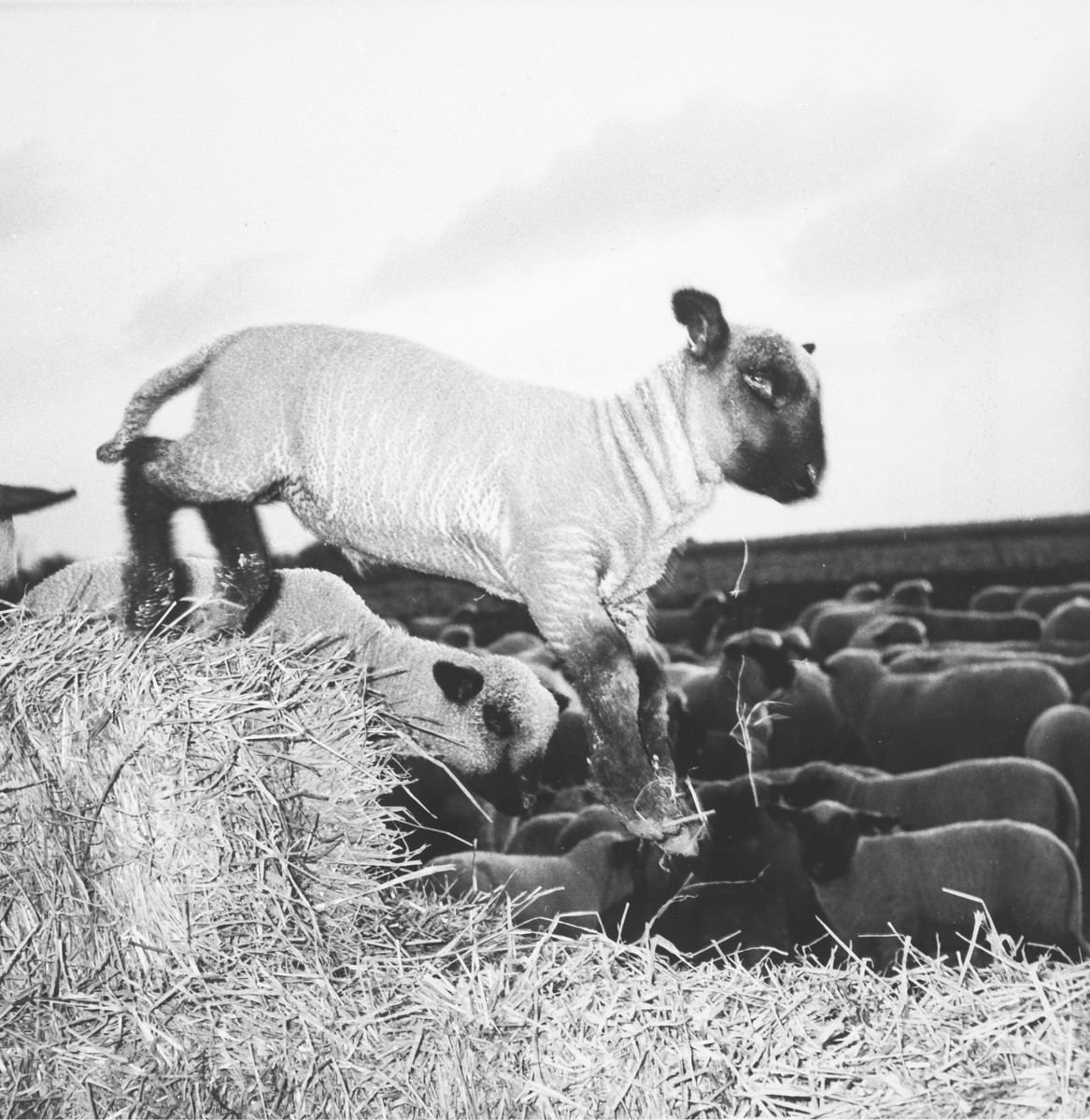
Please tell us about your approach to museum practice?
In horticulture, there is a process called grafting, where you can attach and join parts of different plants, and they continue their growth together. Their origins may have begun differently, but their connection creates something beautifully new. It can repair damage, increase growth and fight viruses. There are people out there now doing this through their community work, their activism and their advocacy – they’re creating new cultures of connection to landscape, they’re telling stories that blossom and connect people to place.
I’ve spent time over the past few years supporting more work that brings heritage, landscape and equity together, and have been increasingly working with contemporary artists and creative community networks, who I see as those ‘grafters’. I’ve focused on this way of working – handing over resources and opportunities that come my way, finding new opportunities to collaborate, and connecting people to build networks of support or affinity.
I have found many of the narratives around engagement problematic (with heritage and with landscape) especially vision statements where people must ‘learn’, ‘connect’, ‘contribute’. I feel that people need to be able to define their own relationships with heritage and landscape. As an example, I used to work at Reading Museum and we often had people coming in with small clay pots, thinking they had found something Roman in the banks of the River Kennett. Instead, these were the offerings made by local people of Hindu faith and in that moment, a river came alive – people had defined their own contemporary relationship with it, one with meaning and relevance, one that they hold in their heart and which is a living part of their life. Finding the ways by which people want to connect with heritage and landscape suddenly creates powerful new opportunities for understanding place. Those new cultures of connection grow together, new and old; urban and rural; birthplace and adopted home; old traditions and new pastimes.
Taking this approach has helped me connect with some amazing individuals. I have been able to learn from working with Alinah Azadeh, the Writer in Residence at Seven Sisters Country Park, who is using speculative fiction to explore landscape futures. By connecting writers with landscape, we are finding new ways to contextualise place and frame ideas around belonging.
I’ve also had the privilege of working with Writing Our Legacy, who support a South East wide network of Black, Asian and ethnically diverse creative writing talent. Their bursary programme ‘Shifting the Gaze’ (in partnership with the South Downs National Park Authority) enables established and emerging writers to focus their creative practice on countryside, and specifically the South Downs landscape. It’s brought with it some powerful testimony through shared lived experience of why this work is important, but I’ve also seen emerging talent focusing on nature as a point of inspiration, and experienced the joy of seeing people draw out meaning and metaphor from the land in ways I would never have considered.
I am really looking forward to working with Saira Niazi this year, who will be trialling walks for small groups, connecting places in the countryside through storytelling. It’s a unique way to think about guiding people through landscape, and taps into how stories and memory can create connection to place.
So, I basically have the best job there is.
Which object did you choose from our collection?
I picked this shellfish basket.
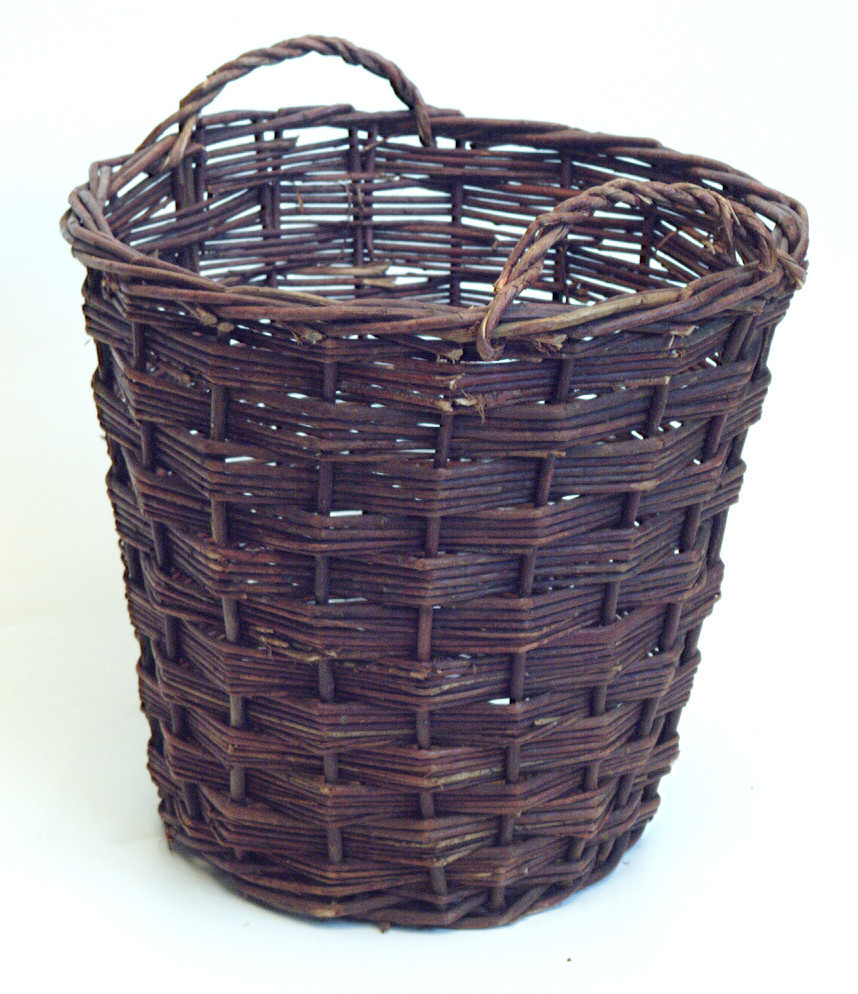
It’s a reminder of childhood by the sea, winkle and cockle picking with my dad. The gentrification and exclusivity of some parts of our countryside today mask histories and traditions that grew from necessity (such as poverty) or from simply having a strong understanding of the land and its resources.
Are there any projects that you would like us to share?
I would love to promote some amazing people who are working to create the kinds of cultural connections I have mentioned. Some I know, some I don’t, but all I follow on social media platforms and learn from:
- Amy Zamarripa Solis is the CEO of Writing Our Legacy, an organisation that raises awareness of Black, Asian and ethnically diverse writers and poets. Their first anthology, Hidden Sussex, features the work of diverse writers reflecting on Sussex from the Black and ethnic minority perspective. Their magazine, Covert, is open for submissions on the theme of Protest until 21 February 2022.
- Alinah Azadeh is an artist, writer, and interdisciplinary powerhouse, whose work We See You Now (a speculative journey into the future of a Sussex coastal chalk cliff) and The Hidden Valley (a debut radio commission for Radio 3’s The Essay) are well worth a listen. Her podcast series The Colour of Chalk, features walk and talk discussions with writers, ecologists and activists with a focus on the countryside.
- Dr Geeta Ludhra is someone I came across as a speaker at a seminar ‘Unlocking Nature and the Outdoors’. I was really inspired by her work in the Chilterns, leading monthly nature walks, and activities that bring together heritage and storytelling.
- Dr Tehmina Goskar’s work is a reminder that a foundation in research, a commitment to cultural inclusion and rigorous review of our assumptions enriches our understanding, which in turn challenges our perception of place – Tehmina’s podcast on Behram’s Salver shows just how much we lose if we let go of the life and spirit of cultural connection in how we engage with the past. She is a strong voice for rural museums, and is currently seconded (part-time) as Art Fund Headley Fellow to the Museum of Cornish Life in Helston. You can find out more about her work on the Curatorial Research website.
- Saira Niazi is an incredibly talented writer and ‘renegade guide’ with a passion for walking and nature, who is opening up places to people through storytelling. Her book Confessions of a Renegade Guide is a beautiful exploration of belonging, identity, faith and home.
- Debbie North is a passionate advocate for inclusive access to countryside. Andy and Debbie have founded Access the Dales, and Debbie is a freelance consultant, writer and motivational speaker seeking to make the inaccessible accessible. She is an expert in accessibility, and demonstrates that co-design and collaboration makes the difference in ensuring more people can access and use the countryside.
- Sian Esther Powell is also someone I follow on Twitter and I love her passion for Cornwall, its folklore and history, which she really brings to life. She is one of those champions of place whose enthusiasm is infectious.
Thank you for reading this eighth entry of Changing Perspectives in the Countryside, and to Anooshka for sharing with us her experiences, her work, and her incredible insights into museum practice.
Check back next Thursday for our final Changing Perspectives entry, in the online exhibition or right here on our blog.
